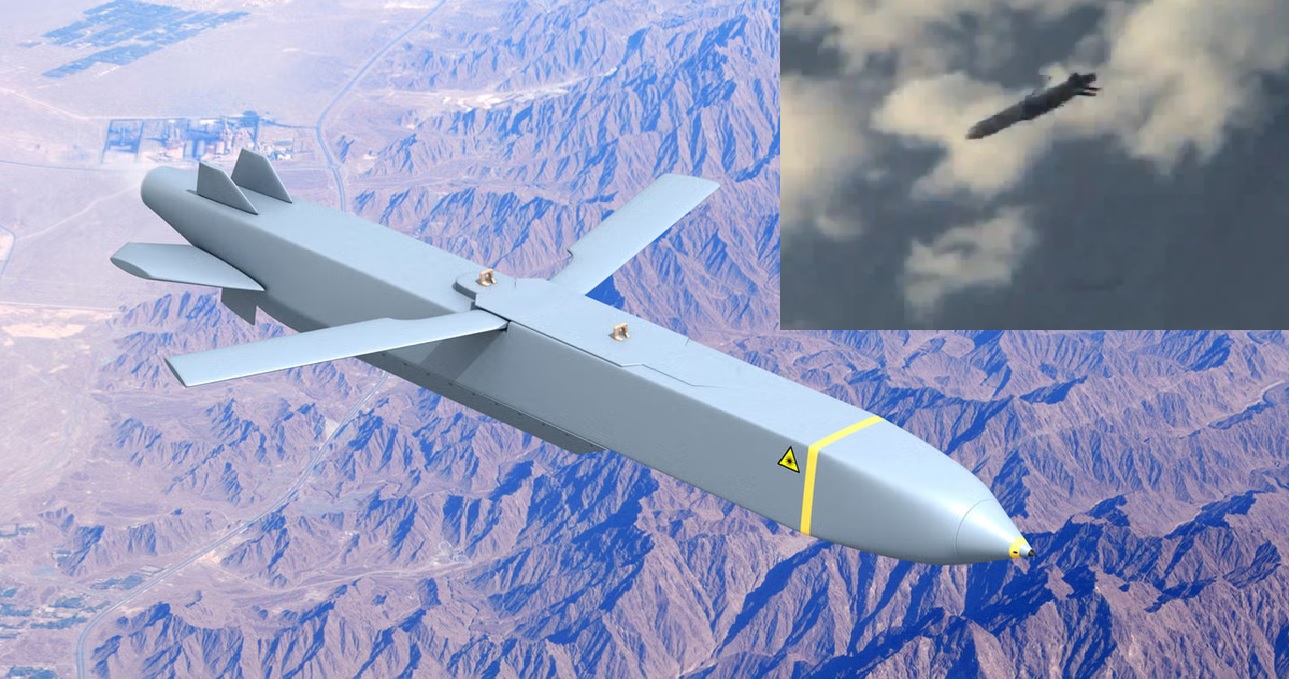Unleashing the Potential of Kaveri Dry Thrust Engines: Transforming India Stealth Capabilities

Defense News -
The Kaveri dry thrust engine, an evolution of the Kaveri turbofan, is
quietly reshaping India defense and aerospace landscape. After a
decade-long hiatus, a dry variant of the Kaveri engine is undergoing
development to power the DRDO Ghatak, marking a significant stride in
India pursuit of technological self-sufficiency. Recent reports indicate
that the redesigned Kaveri engine, developed by GTRE, has overcome
challenges related to noise and combustion instability, validated
through ground rig trials. Indian firm Godrej & Boyce secured the
contract to manufacture six additional engines for further testing,
stripping away the afterburner and providing a vital component for India
next-generation stealth unmanned aerial vehicles (UCAVs) and fighter
jets. Lets delve into the realm of this groundbreaking technology,
exploring its current status, future potentials, and its strategic
importance for India.
Current Status:
- Milestone Conquered: The Kaveri dry thrust engine has successfully completed high-altitude trials in Russia, reaching an altitude of 13,000 meters (42,650 feet) and achieving a pivotal milestone in its development. Boasting a thrust of approximately 48 kN, this engine is poised to drive India ambitious Ghatak UCAV project.
- Enhanced Capabilities: Compared to its predecessor, the dry thrust variant offers heightened fuel efficiency, greater reliability, and improved performance at high altitudes, making it an ideal choice for stealthy operations.
- Ongoing Advancements: Further refinements are in progress, with the first fully assembled engine expected by mid-2024. GTRE aims to integrate the Kaveri into the DRDO Ghatak by 2026, paving the way for engine deliveries and seamless integration with the UCAV.
Significance:
- Strategic Autonomy: The Kaveri dry thrust engine represents a substantial stride toward India autonomy in aerospace propulsion, reducing reliance on foreign engines and fostering domestic technological prowess.
- Stealth Capabilities: The engine efficiency and low heat signature are pivotal for stealth operations, empowering India to develop and deploy advanced UCAVs for reconnaissance, surveillance, and precision strikes, thereby enhancing air defense capabilities.
- Fighter
Jet Integration: With further development, the Kaveri dry thrust engine
holds promise for powering future fighter jets, potentially replacing
imported engines like the GE-404, thereby reducing acquisition costs and
enhancing operational flexibility.
Future Possibilities:
- Kaveri-2 Engine: The roadmap for the Kaveri program envisions a more powerful Kaveri-2 engine with a thrust of 90-95 kN, potentially empowering heavier platforms or providing enhanced capabilities for existing ones.
- Export Potential: With successful development and certification, the Kaveri dry thrust engine could become an exportable asset, contributing to India revenue and exerting technological influence globally.
- Commercial Applications: The engine technology could find applications in commercial aviation or industrial sectors, expanding its market reach and contributing to its economic viability.
Challenges and Opportunities:
- Sustained Funding: Continued development necessitates substantial financial resources. Securing dedicated funding is crucial for the project ongoing success.
- Technological Hurdles: Fine-tuning the engine for optimal performance and overcoming technical challenges are imperative. Collaborations with foreign engine experts can provide valuable expertise.
- Testing
and Certification: Rigorous testing and international certification are
essential to ensure the engine airworthiness and competitiveness in
the global market.
The
Kaveri dry thrust engine signifies more than just technological
innovation; it embodies India commitment to indigenous solutions for
defense and aerospace needs. Its successful integration into platforms
like the Ghatak UCAV not only enhances India strategic capabilities but
also sets the stage for a future where Indian engines power the skies.
While challenges lie ahead, the opportunities presented by the Kaveri
dry thrust engine are genuinely exhilarating, propelling India towards a
future characterized by self-reliance and technological prowess.
This
article provides a comprehensive exploration of the Kaveri dry thrust
engine, covering its current status, future potentials, and its
significance for India. By grasping its potential, we gain insight into
the pivotal role this technology plays in India journey towards becoming
a leading force in the global aerospace landscape.


